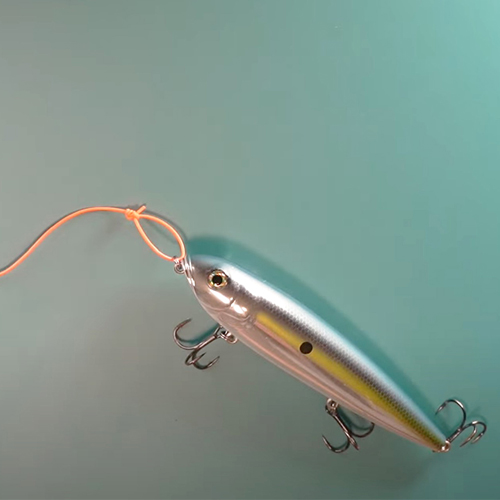How to Jig
For those new to fishing, one of the most useful fishing techniques you can learn is how to jig. By learning the basics, you can start practicing this technique today.
How to Jib: Basics
Jigging is one of the most active fishing methods, requiring you to snap or pop the rod tip up quickly to move the lure vertically in the water column. When learning how to jig, you can try either jigging straight up and down as you drift, or casting the lure out and jig it back towards you horizontally while reeling. These jig fishing techniques create the look of an injured baitfish that a game fish would want to bite.
Jig rigs come in all sizes, shapes and colors, allowing one to learn how to jig with or without live fishing bait. Many spoons are designed for jigging — they flutter as they fall enticing a fish. Soft plastic worms are also used for jig fishing as are painted lead-headed hook and feather combo jigs called buck tails.
Tip: As you learn how to jig, remember that if you are casting a jig out and retrieving while jigging, you’ll need to reel in slowly to keep the jig near the bottom.
How to Jig in Simple Steps
If you are learning how to jig, here are some simple steps:
- Cast out and let your jig hook sink to the bottom and count a few seconds or wait until you feel the spoon hit the bottom.
- Snap or pop your wrist and rod tip up quickly a short distance and let the lure drop back to the bottom.
- You can jig up and down, side to side or up and down and sideways.
- Reel down a little bit to keep the line tight in case of a strike and repeat.
Saltwater Jigging
Jigging lures, or jigs, are some of the most versatile lures in that they can be used in just about any place you find fish. Jigs comes in all shapes, colors, styles and weights and can be fished in a variety of different manners so that they mimic baitfish. The two most common jigs are probably the bucktail jig and the vertical jig. Depending on the species you want to catch, it’s important to learn the difference between the two so you can understand, for example, the best jig for bass fishing.
A bucktail jig will typically consist of a lead head, that can be a variety of different shapes and sizes, which is molded onto a hook and has hair-like material tied to the bottom of the jig head. This hair-like material is where the name 'bucktail' comes from because many bucktail jigs are made using hair from a deer. The bucktail hair and jighead come in a variety of different colors. These bucktail jigs can be fished by themselves or they can be rigged with a rubber worm, live shrimp or other natural baits like strips of fish.
A vertical jig, or speed jig, is made of a long and slender piece of lead or metal that cuts through the water mimicking an injured baitfish. Vertical jigs will have one or more dangling hooks attached to a split ring which can be attached to the top or the bottom of the jig. Vertical jigs range anywhere from 1/8oz up to 14oz and are also referred to as "butterfly jigs."
To understand how to fish with jigs, it is important that the angler constantly jig the lure up and down by continually lifting and lowering the rod tip. One good method when learning how to jig is to drop the jig all the way down to the bottom and with a very rapid retrieval, twitch the rod tip erratically until the jig comes to the surface and repeat. No matter which type of jig you are using, knowing how to set up a jig is important. That means matching the weight of each jig to the depth at which you are fishing. Deeper water will require heavier jigs to reach the bottom. It is also important to take the tides and current into consideration when choosing your jig weight.
KEEP LEARNING

How to Tie the Non-Slip Loop Knot
The non-slip loop knot is a popular and reliable choice for securing hooks, lures, and other tackle to your fishing line.
LEARN MORE

Socials
Take me fishing social media links
LEARN MORE

TakeMeFishing x Teen Vogue
Join us on a creative journey as fashion designer Ahmrii Johnson walks us through her collaborative vision and process with Teen Vogue and fashion brand, Rentrayage, to create a special piece.
LEARN MORE


.png?lang=en-US&ext=.png)